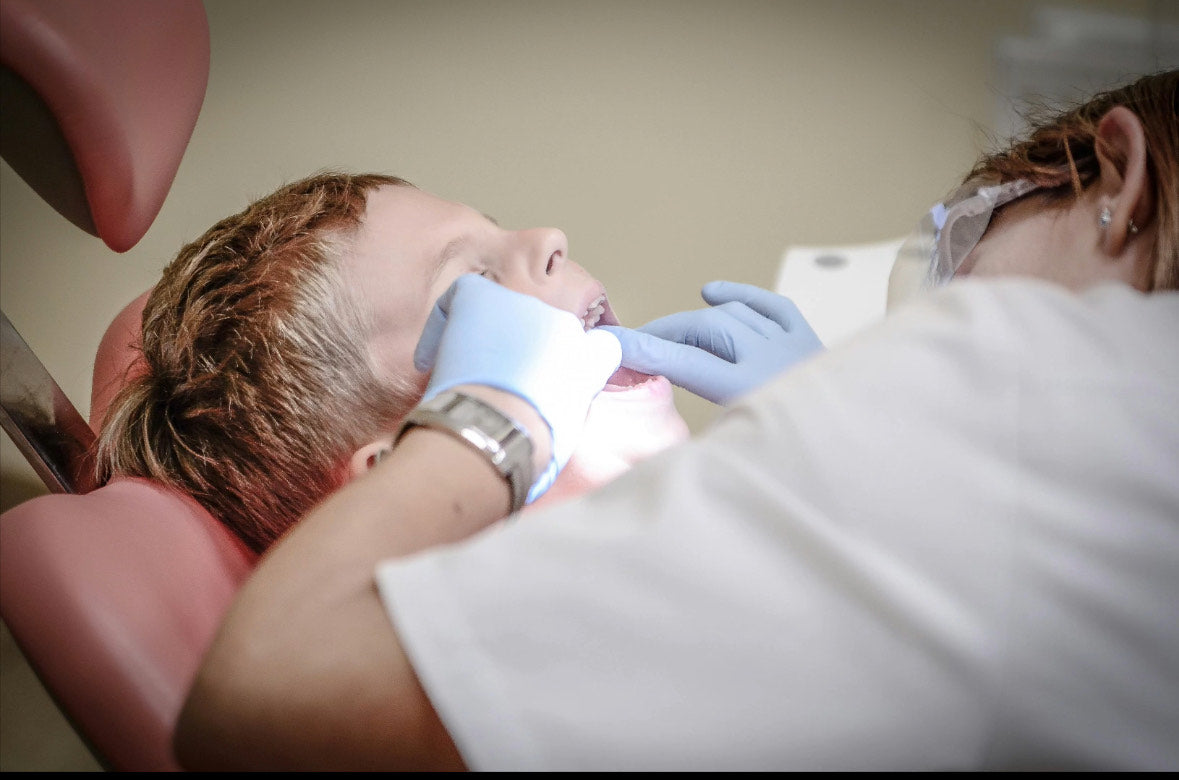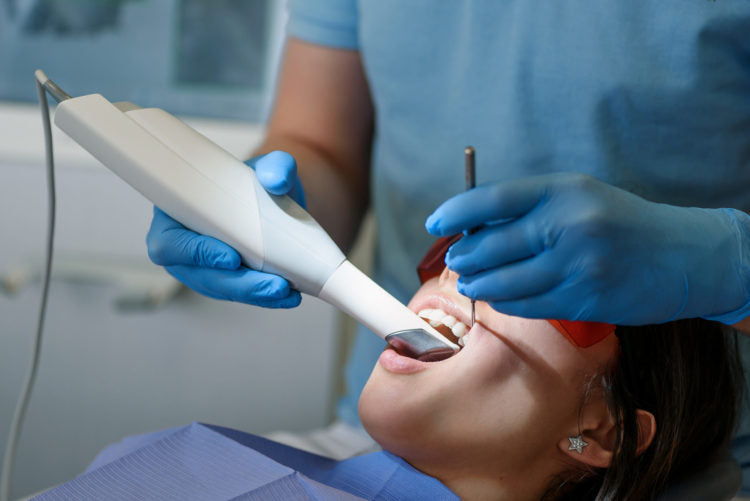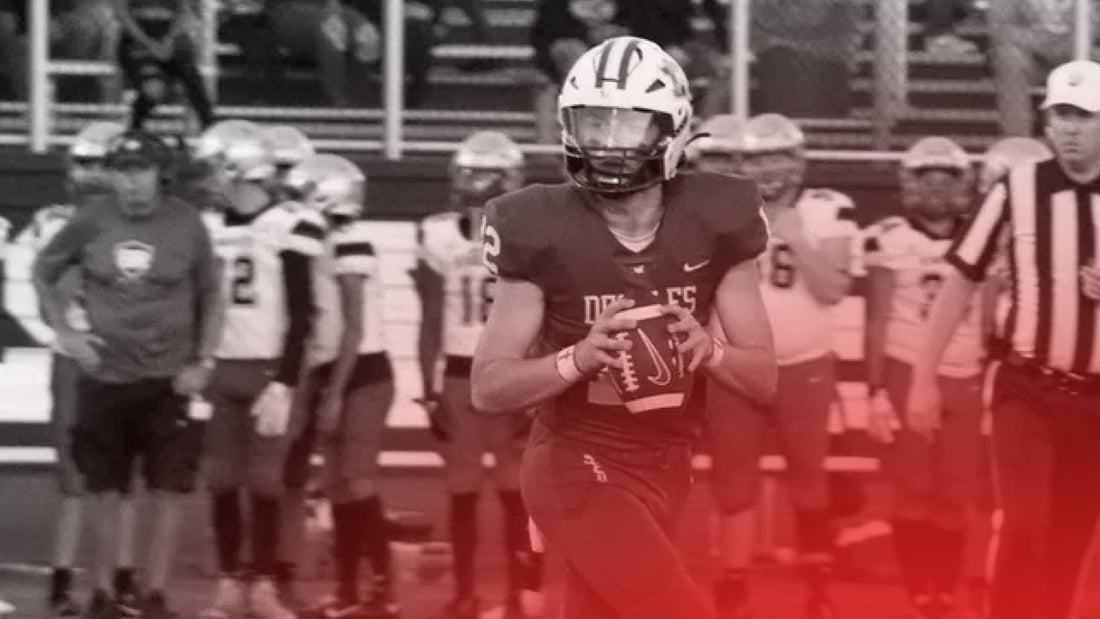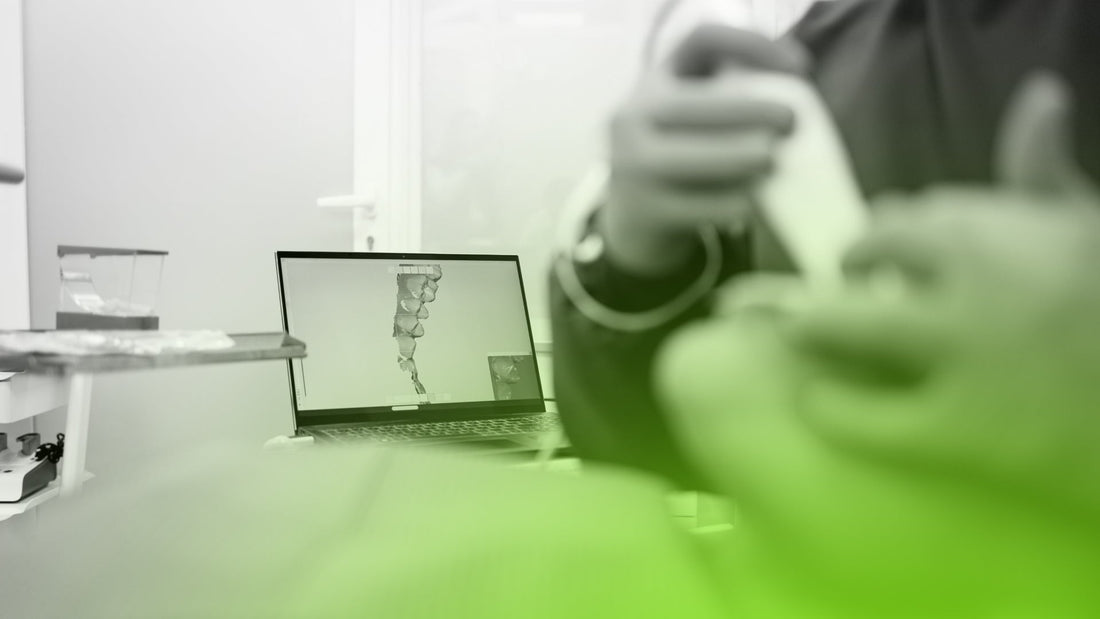Wearing protective gear, particularly mouthguards, plays a crucial role in reducing the risk of dental injuries, especially during sports. Sports-related dental injuries, such as tooth fractures, avulsion (knocked-out teeth), luxation (displacement), and soft tissue trauma, are common and can cause long-term damage. Mouthguards help absorb and distribute the forces of impact, significantly lowering the chances of such injuries. Here’s a deeper look at the importance of mouthguards and how they protect against dental trauma:
1. Tooth Fractures (Chipped or Cracked Teeth)
Tooth fractures are among the most common dental injuries, especially in sports and accidents. A tooth can become chipped, cracked, or fractured due to direct impact or trauma. These injuries can affect the enamel (outer layer) or extend deeper into the tooth, involving the dentin or pulp.
- Minor fractures: Only the enamel is affected and may not cause significant pain.
- Severe fractures: Can expose the pulp, leading to pain and potential infection.
Treatment: Minor chips can be smoothed or restored with dental bonding. Severe fractures may require a crown, root canal, or tooth extraction.
Prevention: A mouthguard acts as a cushion between the upper and lower teeth, absorbing the shock from direct hits or falls. This protective barrier can prevent the teeth from coming into direct contact with hard surfaces or objects, thus reducing the risk of fractures and chips.
- Sports with high risk of tooth fractures: Football, basketball, rugby, hockey, and boxing are all high-impact sports where teeth are at risk of being damaged from direct blows, elbows, or collisions with other players or equipment.
2. Tooth Avulsion (Knocked-Out Tooth)
Tooth avulsion occurs when a tooth is completely knocked out of its socket. It is a serious injury, often seen in sports or accidents, and requires immediate attention to try and reimplant the tooth.
Treatment: The tooth should be preserved in milk or a saline solution and reimplanted by a dentist as soon as possible. Root canal therapy may be required if the pulp is damaged.
Prevention: In sports where players frequently collide, are hit in the face with a ball, or fall to the ground, a mouthguard can act as a barrier, preventing the teeth from being displaced or knocked loose by absorbing the force of impact.
While mouthguards cannot completely eliminate the risk of tooth avulsion, they significantly decrease the chances. In cases of severe trauma, a well-fitted mouthguard can help minimize the force on the teeth, reducing the likelihood of the tooth being dislodged.
3. Tooth Luxation (Dislodged Tooth)
Tooth luxation refers to a tooth that is displaced from its normal position but has not been completely knocked out. The tooth may be pushed inward (intruded), outward (extruded), or laterally (shifted sideways).
Treatment: Treatment depends on the type of luxation. The tooth may need to be repositioned and stabilized with a splint. Root canal therapy may be needed if the pulp is compromised.
Prevention: A mouthguard helps prevent these types of injuries by cushioning the teeth against hard impacts and minimizing the stress placed on the tooth's ligaments and surrounding tissues.
When a mouthguard is worn, it helps stabilize the teeth during forceful contact, reducing the likelihood that a tooth will be displaced or shifted out of alignment.
4. Tooth Intrusion (Tooth Pushed Into the Jaw)
Tooth intrusion occurs when a tooth is pushed into the jawbone. It’s a severe form of injury where the tooth becomes embedded deeper into the socket. This injury is more common in children due to their developing tooth roots.
Treatment: Depending on the severity, the tooth may be left to heal naturally, or it may need to be repositioned by a dentist. Root canal therapy is often required due to damage to the tooth’s pulp.
5. Soft Tissue Injuries (Lacerations to Gums, Lips, and Cheeks)
Soft tissue injuries, such as cuts or tears to the gums, lips, or the inside of the cheeks, are also common in dental trauma. These injuries can occur in conjunction with tooth fractures, avulsions, or luxations.
Treatment: The soft tissue may require suturing to promote proper healing. Pain management and proper cleaning are important to prevent infection.
Prevention: In addition to protecting teeth, mouthguards also offer significant protection to the soft tissues inside the mouth. Impact to the face can cause cuts, bruising, or lacerations to the lips, gums, cheeks, and tongue. A mouthguard creates a physical barrier between the teeth and soft tissues, absorbing much of the force and reducing the risk of cuts or tears.
For example, in sports like basketball or hockey, players are at high risk of getting hit in the face with a ball, stick, or another player’s body. The mouthguard helps prevent injuries to the sensitive tissues of the mouth and lips that can result from these impacts.
Conclusion:
While these are the most common types of dental injuries, prompt treatment and intervention by a dentist are crucial to achieving the best possible outcome. Wearing protective gear, such as mouthguards in sports, can help reduce the risk of many of these injuries.



